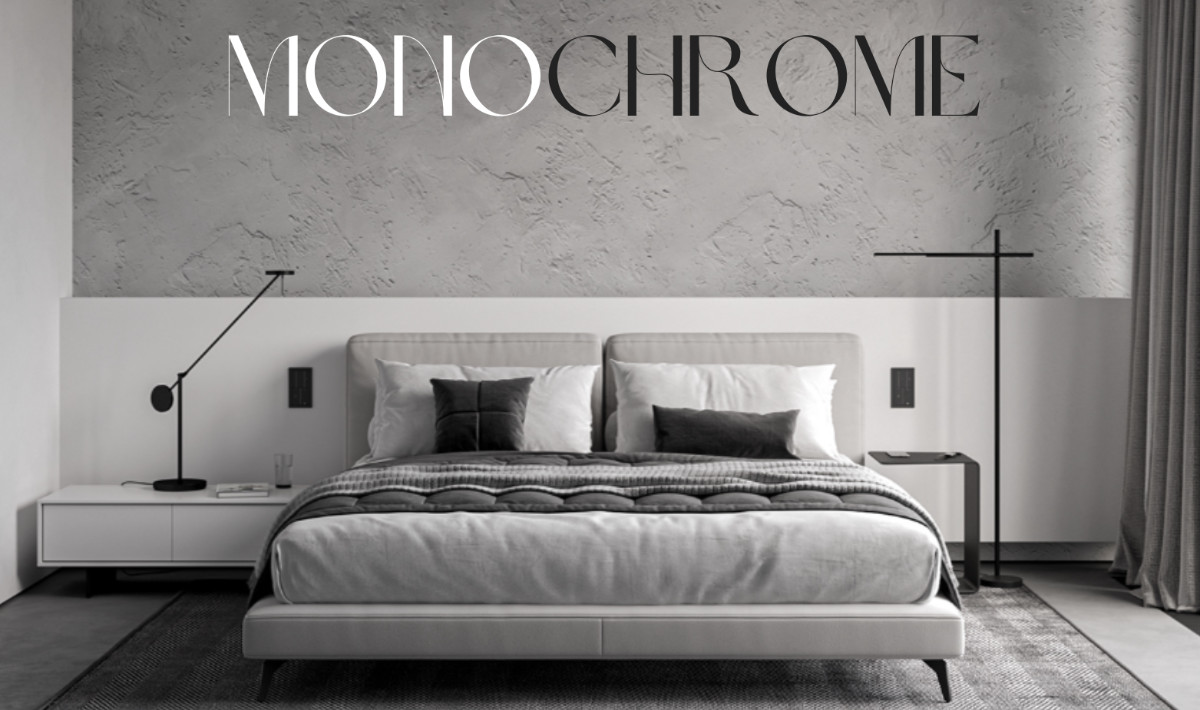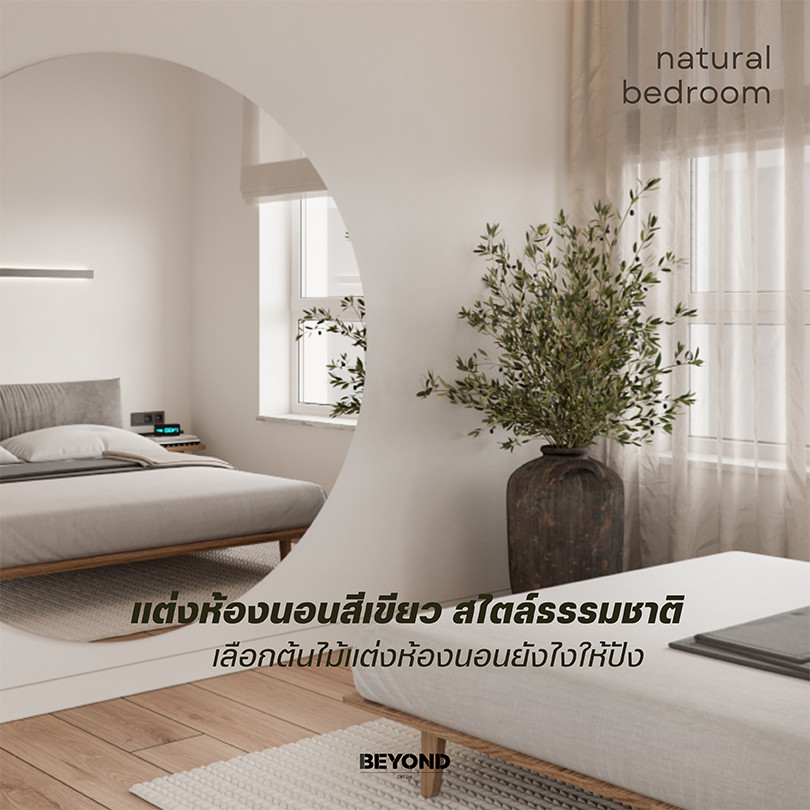
Advantages of a Monochromatic Color Scheme for Bedrooms
Utilizing monochromatic color schemes can be an excellent choice when aiming to instill simplicity and depth into your living spaces. You can employ monochromatic variations of any hue to employ color theory in space styling, either by adopting a singular monochromatic scheme or by merging two complementary color schemes with monochromatic shades. This approach offers an effortlessly elegant touch to your interior decor.
Understanding Monochromatic Color Schemes
A monochromatic color scheme revolves around selecting one dominant color as the foundation for your room’s design. You then incorporate various shades and tones of this color throughout the space to introduce texture and visual intrigue. You have the flexibility to play with both light and dark variations, which means incorporating white as the lightest tone is also an option. For instance, it’s common to introduce white trim or accessories when designing a room with a monochromatic scheme.
Key Color Theory Concepts: Shades, Tints, and Tones
As you delve into crafting your color scheme, it’s vital to grasp some fundamental terms:
- Base color: This is the primary or leading color chosen for the scheme, serving as the starting point for all other color selections.
- Hue: In color theory, hue refers to the pure pigment visible in a color. There are 12 pure pigments stemming from the color wheel, including primary (red, yellow, blue), secondary (green, orange, purple), and tertiary colors, formed by combining primary and secondary colors.
- Shade: Colors created by adding black to a hue to darken it.
- Tint: The result of adding white to a hue to lighten it, typically seen in pastel colors.
- Tone: A tone is produced by introducing gray to a hue, diminishing its intensity. Most colors used in room paints are actually tones, not pure colors.
Designing with Monochromatic Color Schemes
Not all monochromatic colors harmonize effectively in a space. For instance, pairing vibrant tones with muted or dark ones may not yield the desired effect. Therefore, it’s essential to select shades, tints, and tones that complement each other.
Commence by choosing one color as the base for your room’s scheme, which will dominate the decor plan, possibly applied to the walls. Subsequently, pick lighter and darker variations of that color to serve as options for furniture, accessories, and trim throughout the room. Paint stores often provide color samples that present a range of color variations around different base colors to assist in your selections.
Experts advise selecting at least two variations apart from the base color—one lighter and one darker. It’s crucial to ascertain where and how each variation will be integrated into the overall design. Ensuring sufficient contrast between the chosen colors is important; colors that are too similar can create a muddled and imprecise ambiance in your room’s design.
Advantages of Monochromatic Schemes in Interior Design
Monochromatic color schemes offer numerous advantages, making them a compelling choice for bedroom decor:
- Contribute to a beautiful, modern, charming, and timeless bedroom aesthetic.
- Evoke feelings of tranquility and relaxation.
- Facilitate easy decoration and the ability to mix and match with various colored bathroom accessories.
- Leverage black for light absorption and white for light reflection, enhancing the play of light in the bathroom.
- Ensure long-lasting use and ease of cleaning and maintenance.
Incorporating Additional Colors into Monochromatic Designs
While strict adherence to the monochromatic scheme is a possibility, many designers find it advantageous to selectively break these rules. In some instances, introducing an accent color that starkly contrasts with the base color can accentuate the overall design’s effectiveness, particularly in white or black monochrome designs. However, it’s essential to use additional colors sparingly and with purposeful intent.












